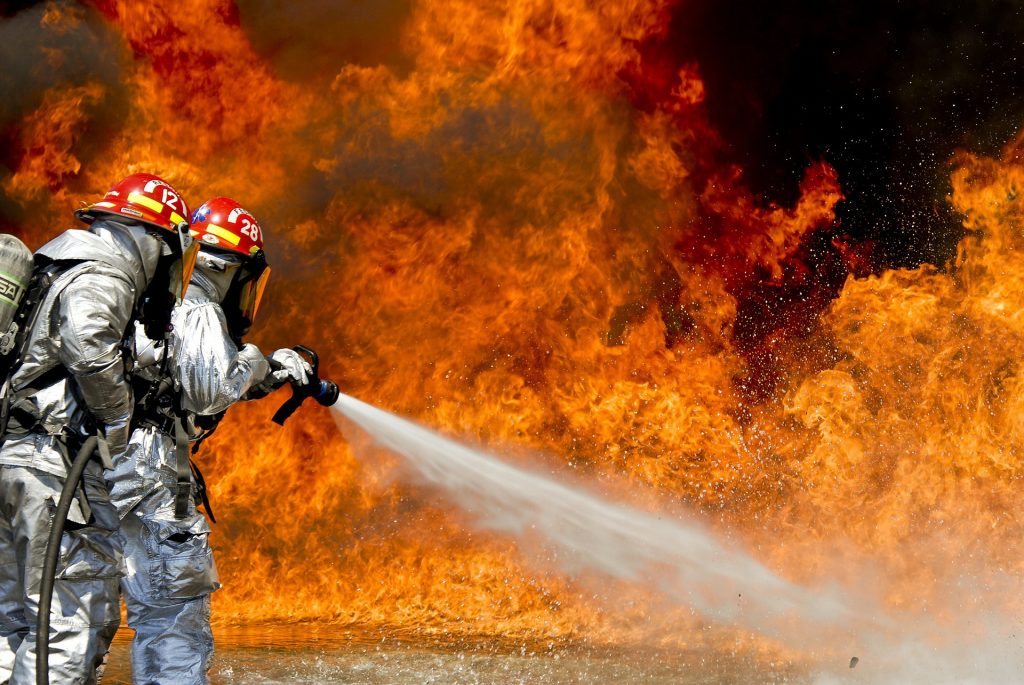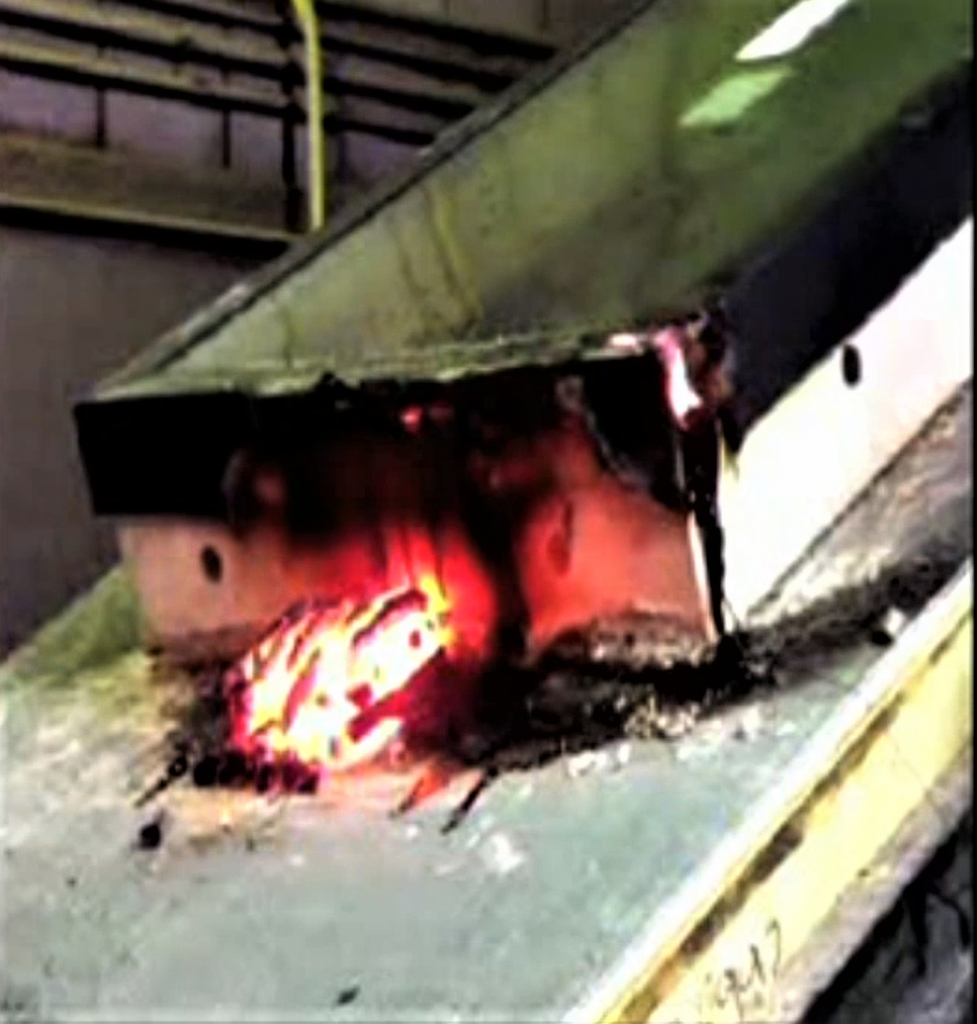
The Insurance Information Institute (III) reports that California had the greatest number of properties at high to extreme risk of wildfire, with 2,019,800 properties at risk in 2019. Texas had the second-largest number of properties at 717,800, and Colorado was in third place with 371,100 properties.
Skylights become more vulnerable to wildfires as the slope of the roof increases. Domed skylights also have a higher risk for sloped roofs since they have greater exposure to heat. However, flat skylights may be more vulnerable on flat roofs because burning debris won’t slide off them.
The resistance of roofs to exterior fire is typically classified according to two similar methods in the United States, including ASTM E108 and UL 790. These tests provide the basis for the fire resistance classifications that consist of Class A, B, and C designations. Class A indicates resistance to relatively severe fire exposure; Class B indicates resistance to relatively moderate fire exposure; Class C indicates resistance to relatively light fire exposure.
Construction Concerns
Skylights can be hazardous to anyone who works on a roof, especially firefighters who may not have time to exercise caution. The Occupational Safety & Health Administration (OSHA) provides specific regulations on skylights due to the large number of people who have fallen through these openings. The National Institute for Occupational Safety and Health (NIOSH) has also issued a safety advisory to firefighters regarding this hazard.
Skylight protection generally isn’t included in building codes, primarily because building occupants rarely have a need to access the roof. However, firefighters may need to do so when attempting to vent a building that’s on fire. These firefighters won’t have time to develop a safety plan like construction workers, which is why skylights present a particular hazard to firefighters.
Fire Retardant Classifications
The National Fire Protection Administration provides recommendations regarding the classification of fire retardants in Section 101 of its Life Safety Code. This system has five classifications designated by the letters A through E and is based on the spread of flames across the test material. Each classification has a maximum flame spread rating as follows:
| Classification | Maximum Flame Spread Rating |
| A | 25 |
| B | 75 |
| C | 200 |
| D | 500 |
| E | 500+ |
Materials with a Class D or E rating aren’t considered effective against any fire exposure.
FEMA Home Builders Guide
The Federal Emergency Management Agency (FEMA) provides guidance for the construction of buildings in wildfire zones, which discusses topographical features and building materials. Fires spread more quickly on an upslope since heat rises. It also spreads more quickly on terrain with more vegetation, which fuels the fire. Clay and concrete tiles are the most fire retardant building materials since they’re non-combustible and have high density. Metal is also non-combustible, but it transfers heat more readily than tile. Wood must be treated with a fire-retardant material and installed over specific fire-resistant materials to receive a Class A rating.
ASTM E 108 Standard
ASTM E 108 is a standard for evaluating the response of roof coverings to fire. It stimulates the spread of fire outside a building with winds of 12 mph and varying levels of heat from gas burners or burning brands. For example, Class A and B tests use a temperature of about 1400°F, while Class C tests use a temperature of about 1300°F. The test apparatus can also simulate different roof slopes as indicated by the test sponsor’s requirements, with the default being five vertical inches per horizontal foot.
VTECH Skylights Burning Brand Test- Fire UL 790 (ASTM E 108) Class B

VTECH Skylights have been subjected to the ASTM E 108 Class B test, which uses two brands that burn at 1400°F as the flame source. The first brand was placed against the edge of the skylight and set on fire with a 12 mph wind blowing against it. The test was then repeated with a second brand after the first one burned out after 80 minutes. After the tests, inspectors found no danger of the fire spreading or penetrating into the building.
Summary
Skylights need to be tested to determine their vulnerability to fire, especially in areas subject to wildfires. VTECH skylights have a Class B rating under the ASTM E 108 standard. Contact Vtech today to learn more about how our skylights can protect your buildings from fire.